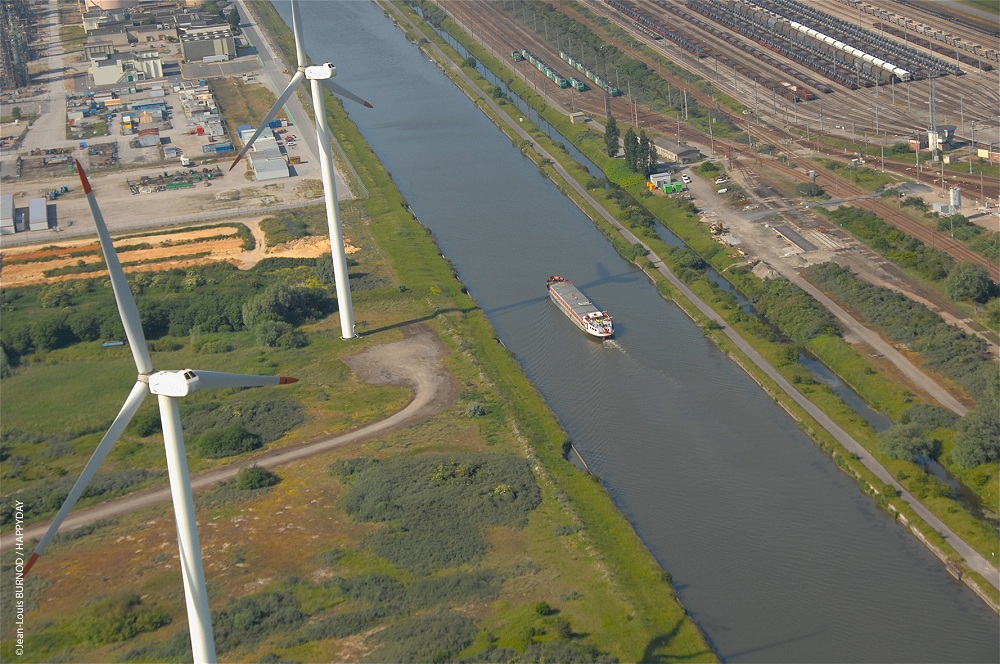DUNKIRK CONFIRMS ITS IDENTITY AS A MULTIMODAL PORT
20th March 2015

The modal share of rail transport is 30%. This mode naturally relies on historic
sectors such as coal and ore, but now offers promising prospects in combined
transport, as can be seen in the doubled frequency of the container shuttle
to and from the Greater Paris area (Bonneuil). Grain procurements have also
soared in recent months, extending the hinterland of the Port of Dunkirk to
new markets. In consolidating their overland traffic at Dunkirk, shippers are
making use of the largest maritime infrastructures available.
Waterway transport also continues to develop, with a modal share up one
point at 16%. The main traffic concerned is grain (1.19 MT), a sector in which
the modal share is as high as 52%. Combined transport is growing too, and
should experience a new boost in 2015 with the deployment of new services
for northern France. The volumes carried by the Nord Ports Shuttle (NPS),
which started up in November 2013, became permanent in 2014.
Finally, pipeline transport now accounts for 3% of traffic, in particular since
liquid bulk operators have connected to the Trapil national network.
The opening of the LNG terminal should contribute to the reinforcement of
this mode in coming years.
Including the traffic of the maritime industrial area, rail traffic reached 13.4 MT
in 2014, strengthening the Ports position as the leading freight hub in France.
Waterway traffic exceeded 3 MT for the first time in 2014, marking Dunkirk
more than ever as the foremost inland waterway port of the Nord-Pas de
Calais region.

